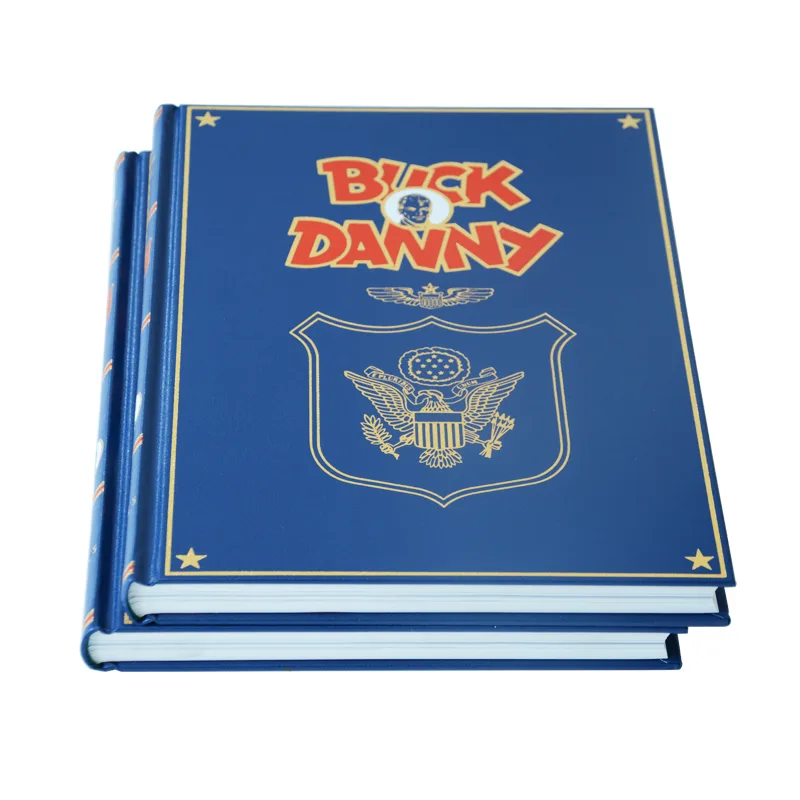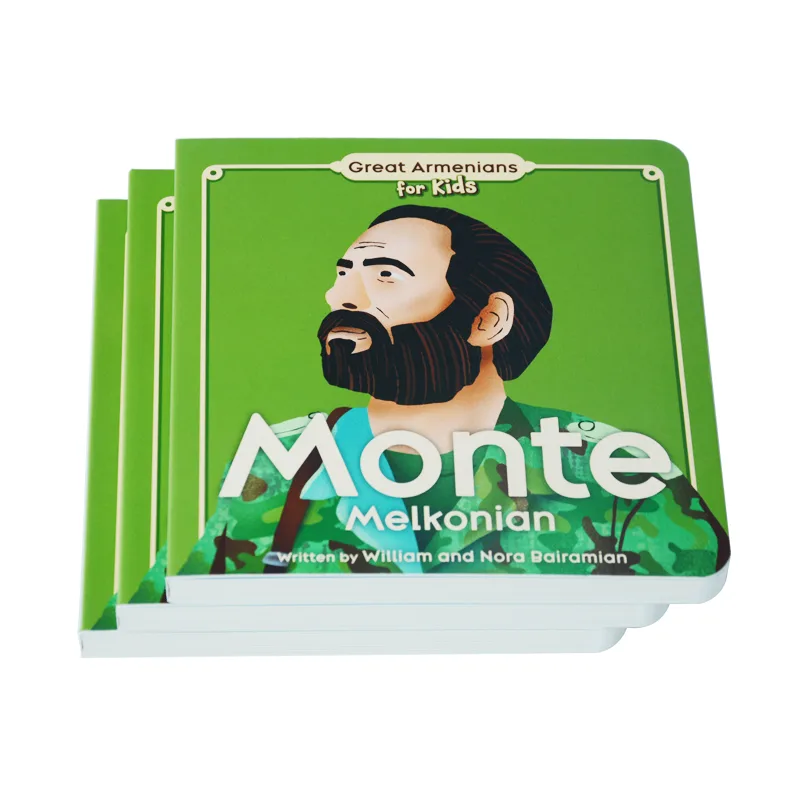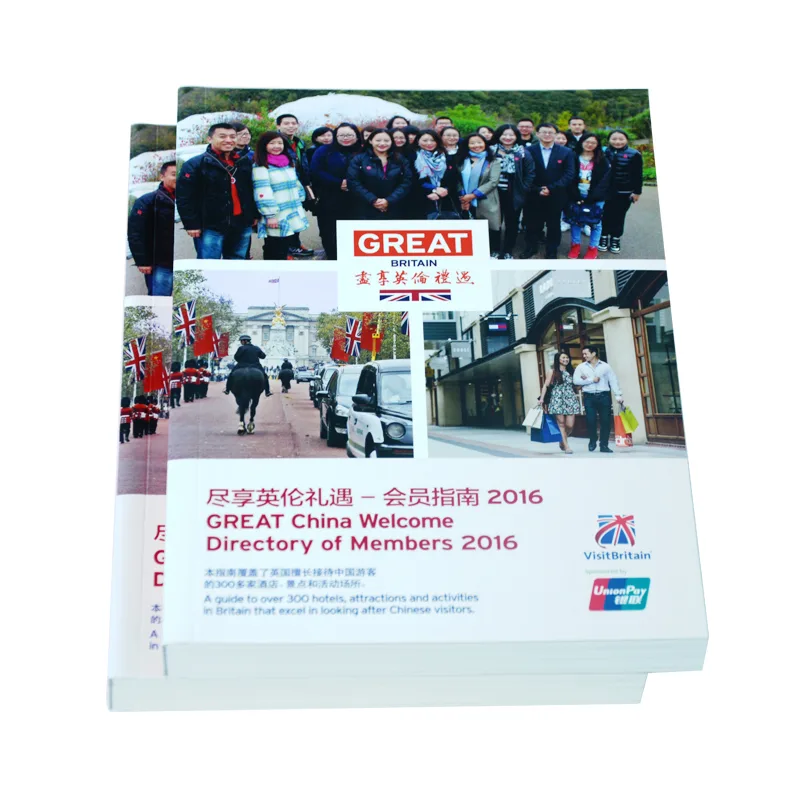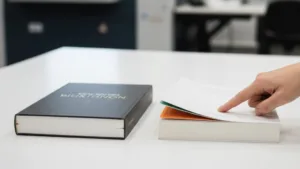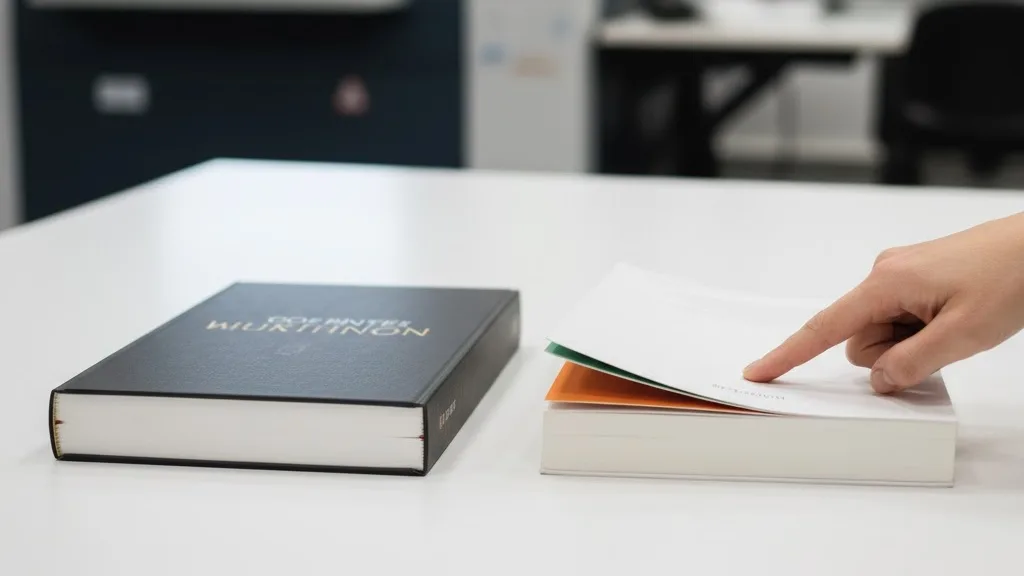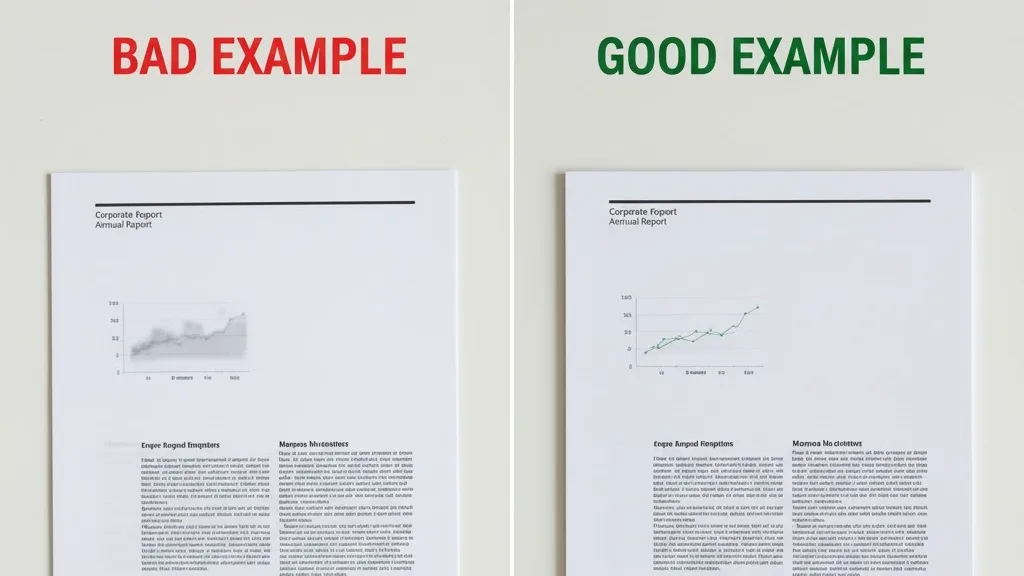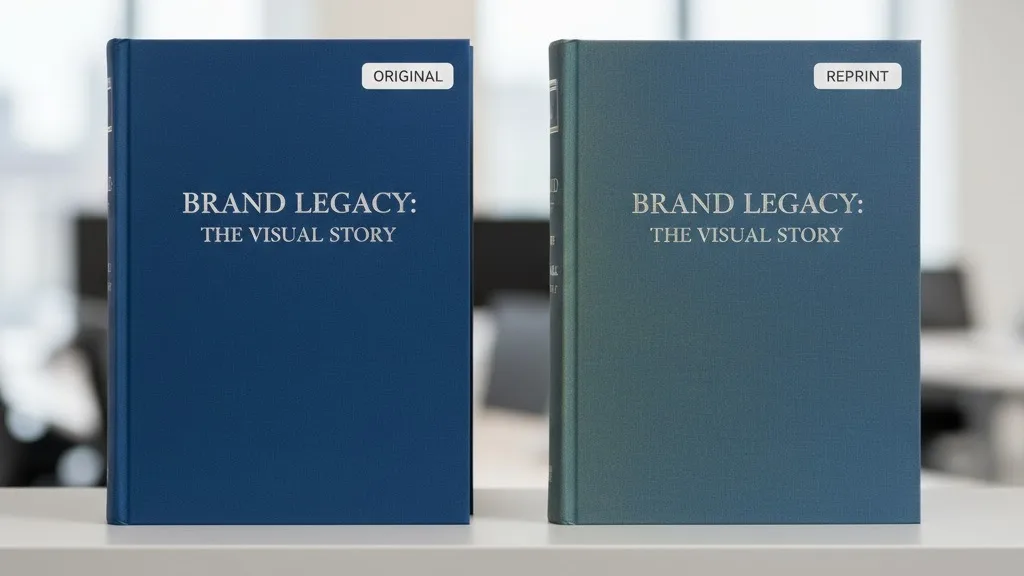If your book has found a consistent audience through Print-on-Demand (POD) services or a successful crowdfunding campaign, congratulations. You are standing at a critical and exciting tipping point. This is the moment you transition from a passionate creator into a profitable publisher.
Making the decision to manage the process of printing books in China remotely can seem complex, but it is the single most effective step you can take to scale your author business. This guide is designed to be your official roadmap, transforming the uncertainties of international production into the certainties of business growth.
This transition is more than a logistical change; it represents a fundamental shift in your business strategy. As Bestselling Author and Founder of The Creative Penn, Joanna Penn, explains:
“When you move into offset printing, you’re moving into a different business model. You’re moving into being a publisher… You have to manage a supply chain, you have to manage shipping and fulfillment, you have to pay for a print run upfront. But your profit per book is much, much higher, and you have creative control over the final product. It’s a step-up in your author business.”
Part 1: Strategic Decision-Making on Cost and Value
The Financial Case for Printing in China
When compared to domestic options, choosing professional book printing services in China can result in a cost savings of 30% to 60%. This significant reduction in production expense is a primary driver for authors and publishers looking to maximize their profitability.
The Threshold for Switching from POD to Offset
For most standard book projects, the financial advantage becomes clear when your demand reaches a certain volume. Generally, once your print run requirement is between 500 and 1,000 copies, you will find that a discussion of offset vs. digital printing heavily favors offset for its lower per-unit cost.
To illustrate, consider this estimated cost comparison for a standard 200-page paperback book:
| Print Quantity | POD Unit Cost (Est.) | Offset Unit Cost (Est.) | Potential Added Profit Per Book |
| 500 | $6.50 | $4.75 | $1.75 |
| 1,000 | $6.50 | $3.50 | $3.00 |
| 2,000 | $6.50 | $2.80 | $3.70 |
From ‘Unit Cost’ to ‘Total Cost of Ownership’
While the book printing cost is important, experienced publishers evaluate projects based on the Total Cost of Ownership (TCO). This concept encourages you to look beyond the initial quote and consider all associated expenses, both direct and indirect. A lower price tag from one supplier might conceal other costs that make it a more expensive choice in the long run.
Calculating Your Actual Project Cost
Consider these factors that contribute to your TCO:
- Your Time Cost: The hours you spend managing inefficient communication, clarifying confusing instructions, or chasing down updates.
- Correction Cost: The expense of hiring a freelancer to fix design files that a printer rejected without offering support.
- Risk Cost: The potential financial loss from a print run with quality issues or a missed launch date that impacts sales.
- Opportunity Cost: The time you could have dedicated to marketing and sales, which was instead spent micromanaging a difficult production process.
A more realistic way to view the total investment is through this simple formula:
True Project Cost = Quoted Price + Your Time Cost + Potential Risk Cost
Thinking this way helps shift the decision from “who is cheapest?” to “who provides the best overall value and lowest risk?”
Part 2: Selecting the Right Printing Partner
Learning how to choose the right book printing factory is the most critical decision you will make in this process, more so than selecting the supplier with the lowest price. The success of your project depends on the capability, communication, and business model of the company you work with.
Understanding the Three Types of Printing Suppliers
When you search for printers in China, you are generally interacting with one of three types of companies. Knowing the difference is essential to protecting your project.
Type 1: The Factory (The Production Powerhouse)
This is a direct production facility with machines and workers.
- Pros: They may offer the lowest potential price because there are no intermediaries.
- Cons & Risks: Factories are built for production, not service. Communication may be handled by salespeople with limited English and no project management expertise. They expect you to be a print expert and provide technically perfect files. For a first-time author, managing a factory directly carries a high risk of miscommunication and costly errors.
Type 2: The Trading Company (The Middleman)
These companies act as intermediaries. They are often skilled communicators and excel at sales.
- Pros: Communication is generally smooth and responsive.
- Cons & Risks: Trading companies do not own the production equipment. They outsource your job to a factory, adding a margin for themselves. This gives you little to no control over the actual production, which can lead to inconsistent quality. They are effective at passing along orders but are not structured to oversee and guarantee quality.
Type 3: The Project Management Partner (Your Remote Team)
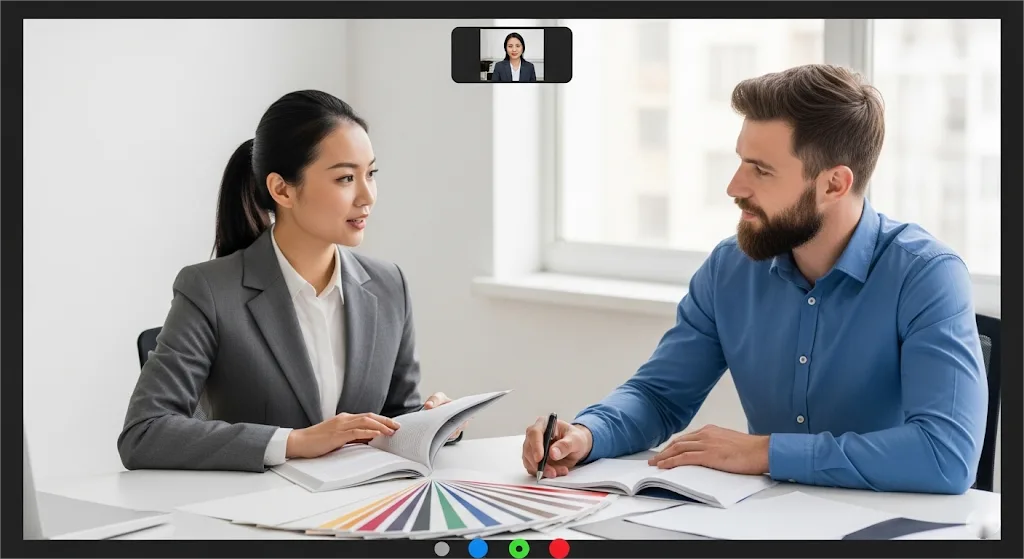
This modern business model has emerged to serve the needs of creators and international clients. Their core value is not production, but end-to-end project management.
- Pros: They manage the entire process, from file checks to logistics. Their team consists of fluent English-speaking project managers who are also print experts. They act as your advocate, ensuring your vision is executed correctly by the factory.
- Value Proposition: Their quote will not be the lowest. However, it includes the value of risk mitigation, professional oversight, quality control, and streamlined communication. By eliminating the hidden costs associated with the other models, their Total Cost of Ownership (TCO) is often lower. This is the partnership model we provide.
Tutorial: How to Vet Your Potential Partner
To determine who you are speaking with, ask these specific questions:
- “Can you show me a case study for a project with similar specifications to mine?”
- “Who will be my dedicated Project Manager, and what is their industry experience?”
- “Does your quote include DDP (Delivered Duty Paid) shipping terms?”
- “What quality control standard is your process based on, for example, AQL?”
Part 3: The Step-by-Step Production Journey
To demystify the process, we’ve mapped out the entire production journey. Below is a visual timeline that shows every critical stage, from your initial idea to the final delivery. Your Project Manager will guide you through each one.
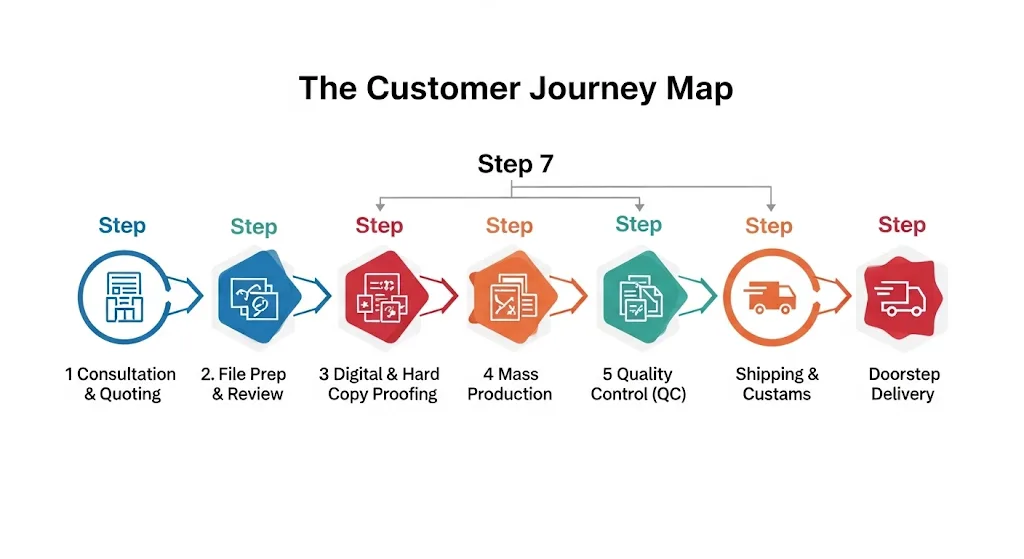
Step 1: Inquiry & Quoting
To receive an accurate quote, you will need to provide your project specifications. A helpful partner will walk you through this, but it’s good to have the following details ready:
- Book dimensions (width x height)
- Page count
- Paper stock preferences (for cover and interior)
- Binding style (e.g., paperback, hardcover)
- Print quantity
- Any special finishes (e.g., foil stamping, embossing)
- Final delivery destination
I’ll never forget a client, let’s call her Lily, who chose a supplier based on a quote that was significantly cheaper than all others. The disappointment was immense when the proof arrived. To cut costs, the supplier had quoted for thin paper that made the colors look weak, and they hadn’t included a protective laminate on the cover.
Worst of all, the quote excluded international shipping and customs fees, meaning her final cost was far higher than she had budgeted for. This is why we walk you through every line item, ensuring the price you see is the price you pay for the quality you expect.
Step 2: File Preparation & Pre-Press Check
Your design files are the blueprint for your book. For printing, they need to be in CMYK color mode (not RGB, which is for screens), have proper “bleed” (extra image area to be trimmed), and be high-resolution (300 DPI).
This technical step is where many projects encounter problems. I recall a comic artist whose vibrant on-screen artwork was created in RGB. Had we printed the files as-is, his bright blues and greens would have turned into dull, muddy colors. It would have been a disaster.
This is why our pre-press check is so critical. Your Project Manager ensures your files are technically sound before they ever touch a printing plate.
Step 3: The Proofing Stage – Your Golden Sample
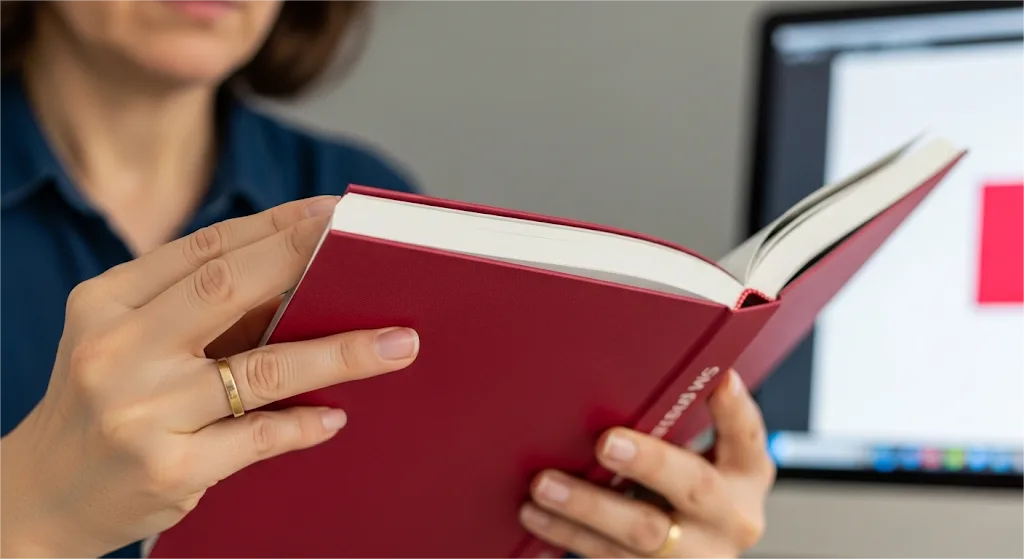
After your files are approved, we proceed to proofing. You will review a digital proof first, but the most crucial part is the hard copy proof—a physical, fully assembled sample of your book.
Let me share one of the most important lessons I’ve learned: never, ever skip the hard copy proof to save time. A client once did this to meet a tight convention deadline, overlooking a tiny typo in the ISBN on the digital proof. When 2,000 books arrived, the unscannable barcode made them commercially unsellable. The cost of reprinting was catastrophic.
As E-commerce Expert Renae Christine advises:
“Paying for that sample and the international shipping is the cheapest insurance you will ever buy for your product.”
Step 4: Mass Production & Quality Control
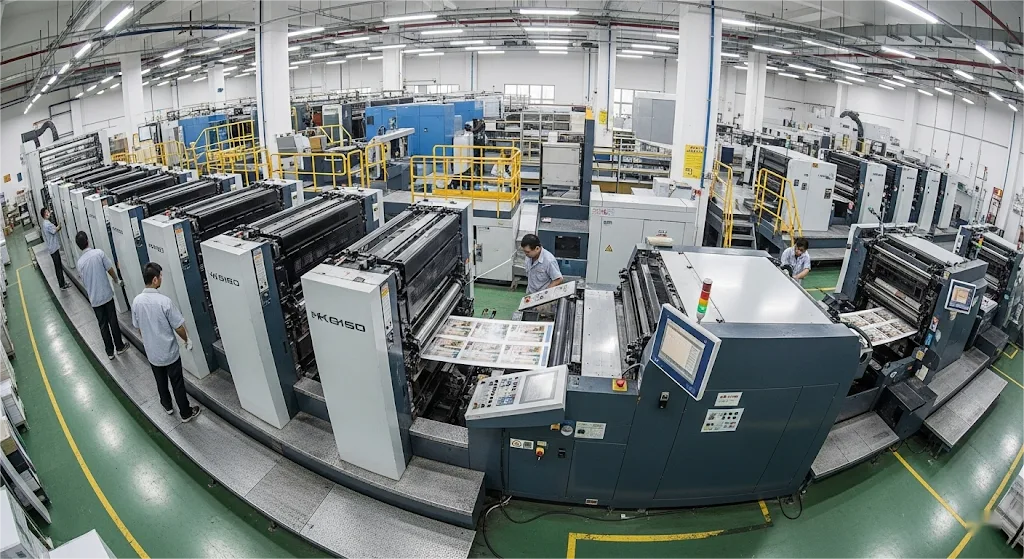
Once you approve the hard copy proof, we begin mass production using large-scale offset printing presses. Throughout this stage, your Project Manager will provide you with photo and video updates. Our quality control team inspects the print run based on the AQL 2.5/4.0 standard, an international benchmark for quality.
We also plan for a 1-2% production over-run to account for any minor imperfections, ensuring your final shipment is complete and meets the quality of the proof you approved. This is a partnership, and our goal is to produce a product you are proud of.
Step 5: Shipping & Logistics
Once production is complete, your books begin their final journey. You have two main options, which present a trade-off between speed and cost:
- Sea Freight: 30-45 days transit time.
- Air Freight: 5-10 days transit time.
A professional strategy many clients use is the 80/20 approach: ship 80% of the books by sea to keep costs low, and air freight the remaining 20% to get your book into the hands of early buyers quickly. Your partner should handle all aspects of this process, providing a quote with DDP (Delivered Duty Paid) terms, which means all shipping, customs, and fees are included. Logistics are a core service, not an afterthought.
Part 4: Your Safety Net – Tools, Resources, and Answers
Your Remote Collaboration Toolkit
Clear communication is essential for a successful remote project. We recommend a simple and effective toolkit to keep everything organized:
- Communication: Use an informal channel like WhatsApp for quick questions and rely on Email for all formal approvals and decisions to maintain a clear written record.
- File Management: Use a cloud service like Google Drive or Dropbox with a clear version control naming system (e.g., BookTitle_Cover_v4_FINAL.pdf).
- Best Practice: Expect a concise “End-of-Week Progress Report” from your Project Manager. This simple update provides peace of mind and keeps you fully informed without overwhelming your inbox.
Frequently Asked Questions
It’s natural to have “what if” questions. Here are direct answers to the most common concerns.
What if the final quality doesn’t match the approved proof?
Our guarantee is simple: the final product will match the hard copy proof you approved. If it doesn’t, we will reprint the order at our expense or provide a refund. Your approved sample is our contract for quality.
How is my payment secured?
We use a milestone payment structure (e.g., a deposit to begin, with the balance due only after you have approved the final quality control report) to ensure fairness and protect your investment.
What happens if there are shipping delays or damage?
All shipments are fully insured. Your dedicated Project Manager is responsible for managing all logistics and will handle any claims or resolve issues on your behalf. You are never left to solve these problems alone.
Part 5: Solving the “Final Mile”
Your books have arrived—congratulations! The final step in your business plan is thinking about storage and order fulfillment. What do you do with several pallets of books?
Understanding Your Fulfillment Options
- DIY Fulfillment: Ideal for small quantities or if you primarily sell in-person. You handle all the packing and shipping yourself.
- 3rd-Party Logistics (3PL): You can ship your books directly to a specialized warehouse (like ShipBob). When you get an order, they pick, pack, and ship it for you.
- Our All-in-One Solution: To provide a seamless experience, we also offer warehousing and fulfillment services, creating a true end-to-end solution from your file to your reader’s hands.
Conclusion: Your Journey as a Publisher Starts Now
The process of printing books in China remotely is detailed, but it is not difficult when you have a clear roadmap and a dedicated partner. You don’t need to be a printing expert—that’s our job. Your time is best spent creating your next project and connecting with your readers.
Ready to take the next step in your publishing journey? Contact our team today for a free, no-obligation consultation and a transparent quote for your project.


